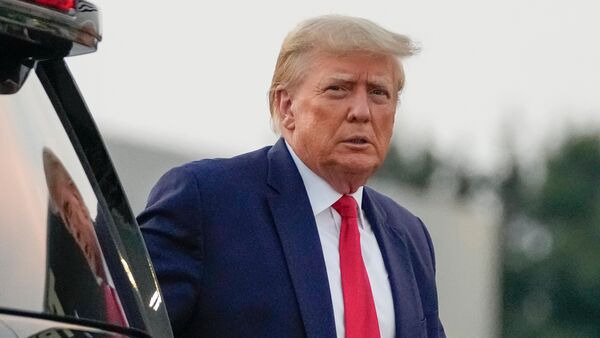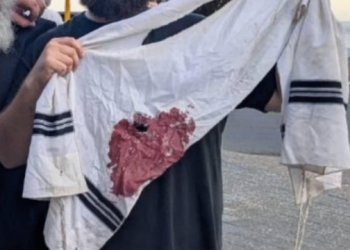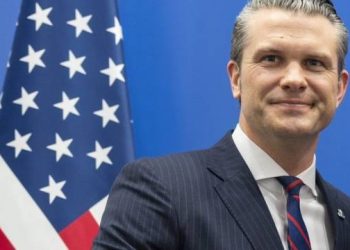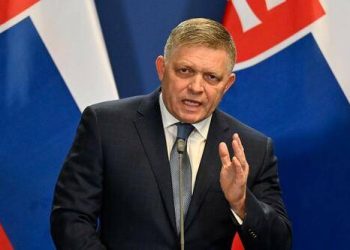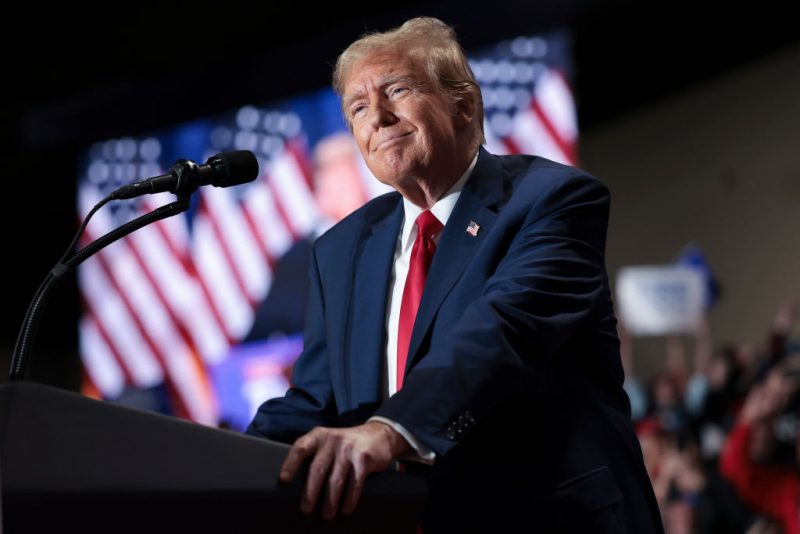It’s payback time.
Some of America’s most critical NATO allies have been shirking their financial obligations to the alliance, despite years of bipartisan calls for them to pay up—and top Trump administration officials say they’ve had enough.
“President Trump is absolutely right to demand our NATO allies invest more in their defense. With the largest conflict on their doorstep since World War II, now is the time for Europe to demonstrate their commitment to our alliance by increasing their spending to at least 5 percent GDP,” US National Security Advisor Mike Waltz told The Post. “We will continue to have straightforward and blunt conversations to get NATO members to step up their share of the burden.”
Ric Grenell, a longtime diplomat and now the US special presidential envoy for special missions, added: “Undermining NATO by not paying the fair share of your obligations to the alliance . . . is dangerous.”
In 2014, NATO’s 32 members agreed to dedicate 2% of their gross domestic product to defense spending. The move came in response to the Russian annexation of Crimea that year and rising unrest in the Middle East.
But 10 years later, eight members are still failing to meet their 2% requirement—to the collective tune of more than $42 billion, according to a Post analysis of NATO data. Those nations are:
- Spain — spends 1.28% of GDP or $20.5 billion
- Slovenia — 1.29% of GDP or $917 million
- Luxembourg — 1.29% of GDP or $759 million
- Belgium — 1.3% of GDP or $8.24 billion
- Canada — 1.37% of GDP or $28.45 billion
- Italy — 1.49% of GDP or $33.32 billion
- Portugal — 1.55% of GDP or $4.47 billion
- Croatia — 1.81% of GDP or $1.57 billion
Some countries, such as tiny Luxembourg, have moved in the right direction—going from 0.47% defense spending in 2021 to its current 1.29%—while others have gone backward. Italy’s 1.49% contribution is lower than the 1.54% it offered in 2021. Croatia was close to meeting its obligation in 2021 with 1.95% spending, a figure that shrank to 1.81% in 2024.
While they refused to meet NATO obligations, many of the laggards lavished eight-figure checks on the United Nations Relief and Works Agency for Palestine Refugees in the Near East. The alleged aid organization has well-documented ties to Palestinian terrorism. At least nine members participated in Hamas’ Oct. 7, 2023, massacre in Israel, according to an internal review of the group.
President Trump made NATO spending a major issue during his first term, while President Biden also kept the issue going—particularly after Russia’s invasion of Ukraine in 2022.
During remarks via satellite to the World Economic Forum in Davos last week, Trump pressed NATO nations to up their contributions to 5%—a significant new benchmark for the alliance that is also currently in excess of the 3.08% the United States contributes to NATO. A 5% threshold would require the US to pony up more than $600 billion in additional funding.
The payment issues for NATO come as Europe faces a host of new security threats.
 Telegram is where we really talk. Don't miss out!
Telegram is where we really talk. Don't miss out!

